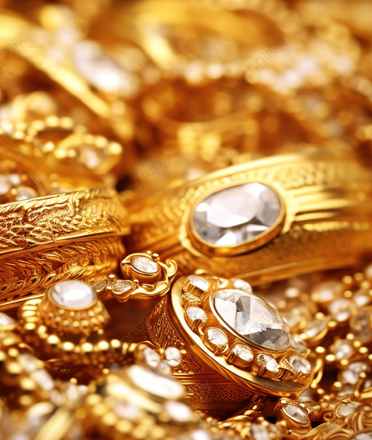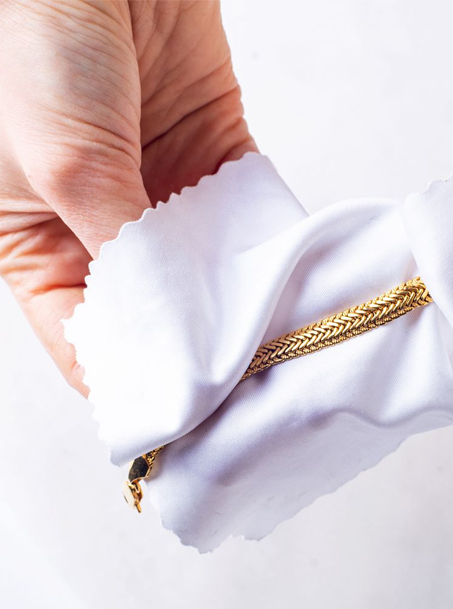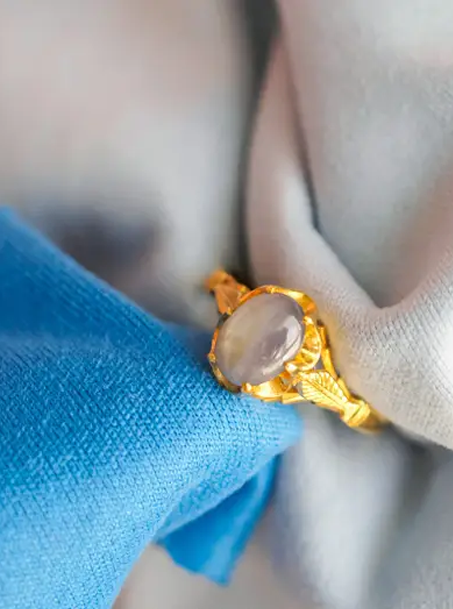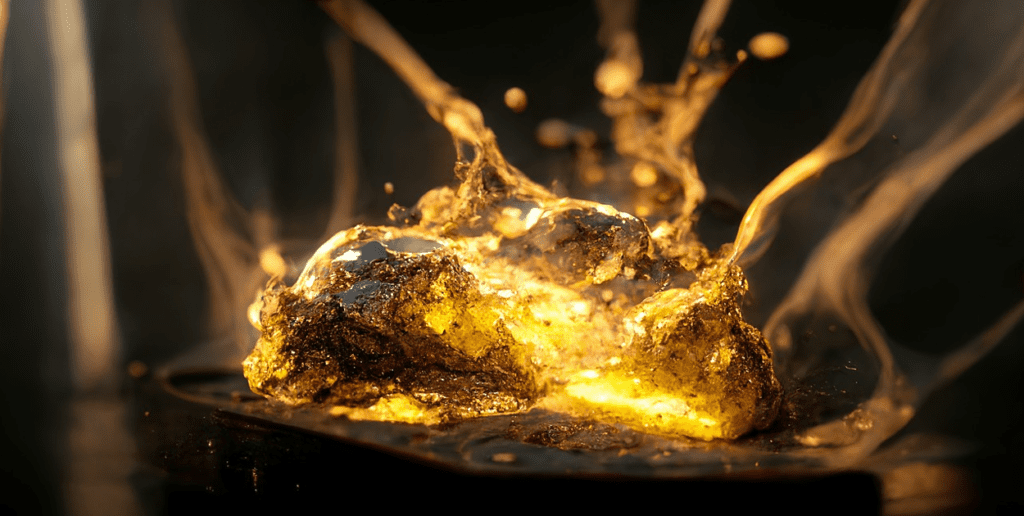Gold has long been revered for its beauty, malleability, and intrinsic value. Melting gold is a process that has been practiced for centuries, from ancient civilizations to modern-day jewelers and refiners. Whether you’re interested in melting gold for jewelry making, recycling, or investment purposes, understanding the process and its applications can be both fascinating and rewarding.
Why Melt Gold?
Melting gold serves various purposes, including:
- Jewelry Making: Melting gold allows jewelers to create custom pieces, repair existing items, or recycle old jewelry into new designs.
- Recycling: Scrap gold, such as broken jewelry, dental gold, or electronics, can be melted down and refined for reuse, reducing waste and conserving resources.
- Investment: Investors may melt gold to form bars or coins, making it easier to store and trade.
- Purification: Melting gold can help separate it from impurities and alloys, resulting in higher purity levels.

The Process of Melting Gold
Melting gold involves several steps, each requiring careful attention to detail to ensure safety and quality. Here’s a breakdown of the process:
1. Gathering Materials and Tools
- Gold Items: Gather the gold you wish to melt, whether it’s jewelry, scrap, or gold dust.
- Crucible: A crucible is a heat-resistant container used to hold the gold as it melts. Crucibles are often made of graphite or ceramic.
- Torch or Furnace: A high-temperature heat source, such as a propane torch or electric furnace, is needed to reach gold’s melting point.
- Flux: Flux is a chemical agent used to help remove impurities from the gold during the melting process.
- Protective Gear: Safety goggles, gloves, and aprons are essential to protect yourself from the intense heat and potential splashes of molten metal.
2. Preparation
- Weigh the Gold: Knowing the weight of your gold helps in determining the amount of flux needed and understanding the value of the melted gold.
- Clean the Gold: Remove any dirt, dust, or non-metallic materials from the gold to ensure a clean melting process.
- Add Flux: Mix the gold with the appropriate amount of flux to facilitate the removal of impurities.
3. Melting the Gold
- Heat the Crucible: Begin by preheating the crucible to avoid thermal shock, which could cause it to crack.
- Add the Gold: Place the gold into the heated crucible.
- Apply Heat: Use the torch or furnace to heat the gold. Gold’s melting point is 1,064°C (1,948°F), so it’s crucial to maintain a consistent and sufficient temperature.
- Stir and Skim: As the gold melts, impurities will rise to the surface. Stir the molten gold gently and skim off the impurities with a metal rod or skimmer.

4. Pouring the Molten Gold
- Mold Preparation: If you’re casting the gold into a specific shape, preheat the mold to prevent the molten gold from cooling too quickly and causing imperfections.
- Pour the Gold: Carefully pour the molten gold into the mold or another desired container. Allow it to cool and solidify.
5. Finishing and Polishing
- Remove from Mold: Once cooled, remove the solidified gold from the mold.
- Clean and Polish: Clean the gold to remove any remaining flux and polish it to achieve the desired finish.
Safety Considerations
Melting gold involves handling extremely high temperatures, so safety should always be a top priority. Here are some essential safety tips:
- Work in a Well-Ventilated Area: Proper ventilation helps disperse any fumes generated during the melting process.
- Wear Protective Gear: Always wear heat-resistant gloves, safety goggles, and a protective apron.
- Use Proper Equipment: Ensure all tools and equipment are in good condition and designed for high-temperature applications.
- Avoid Water: Never introduce water into the molten gold, as it can cause violent reactions.

Applications of Melted Gold
Once melted, gold can be repurposed in various ways:
- Jewelry Creation: Custom rings, necklaces, and other pieces can be crafted from melted gold.
- Gold Bars or Coins: Melted gold can be cast into bars or coins for investment purposes.
- Artistic Creations: Artists and designers use melted gold to create intricate sculptures and decorative items.
